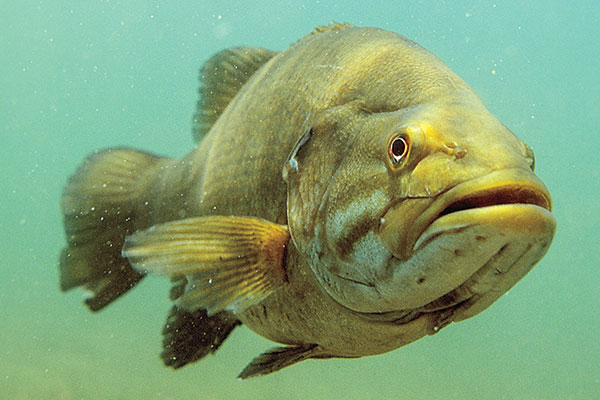In the world of fishing, where the thrill of the catch is often balanced by a deep respect for nature, the practice of “catch and release” has become a cornerstone of conservation. This technique, which involves returning fish to the water after catching them, is embraced by anglers worldwide as a way to preserve fish populations and ensure the sustainability of the sport for future generations.
Whether you’re a seasoned angler or new to the hobby, understanding the importance of catch and release is essential. It not only promotes ecological balance but also upholds the ethics of responsible fishing. In this article, we will explore the history of catch and release, its benefits, and the best practices to follow to ensure the safety and survival of the fish. As we dive deeper, you’ll discover how this simple act contributes to the greater good of aquatic ecosystems, while still allowing anglers to enjoy the sport they love.
Catch and release is more than just a technique—it’s a mindset that aligns with conservation, sustainability, and respect for nature. Let’s take a closer look at why it’s such a vital part of the fishing community and how you can contribute to preserving our waterways for the future
what are some techniques we all can use
Practicing effective catch and release requires thoughtful techniques to minimize harm to fish and increase their chances of survival after being returned to the water. Here are some essential techniques that all anglers can use:
1. Use Barbless Hooks
- Why It Helps: Barbless hooks are easier to remove, reducing the damage to a fish’s mouth. This makes the release process smoother and faster, lowering stress and injury to the fish.
- How to Do It: You can either purchase barbless hooks or flatten the barb on your current hooks with pliers. This simple modification ensures that the fish can be released quickly with minimal handling.
2. Handle Fish with Wet Hands or Gloves
- Why It Helps: Fish have a protective slime layer that guards them against infections and parasites. Handling them with dry hands can remove this layer, increasing their risk of disease.
- How to Do It: Always wet your hands or wear wet gloves before touching the fish. This keeps the slime layer intact and protects the fish’s health.
3. Minimize Air Exposure
- Why It Helps: Fish can suffer from oxygen deprivation when out of water. Prolonged exposure to air increases stress and can lead to fatal injuries.
- How to Do It: Keep the fish in the water as much as possible. If you must remove it for a photo, try to limit the time out of water to less than 30 seconds.
4. Use the Right Tackle
- Why It Helps: Using tackle appropriate for the fish species helps you bring the fish in quickly, reducing exhaustion. Overly light tackle can result in a prolonged fight, causing the fish to become too fatigued to recover.
- How to Do It: Choose gear based on the size and strength of the fish you’re targeting. This way, you can bring the fish to shore or boat without overexerting it.
5. Release Fish Properly
- Why It Helps: How you release the fish can impact its chances of survival. Tossing the fish back into the water or handling it roughly can cause injury or shock.
- How to Do It: Gently place the fish back into the water. If it seems disoriented or weak, hold it in the water facing the current until it swims off on its own, allowing it to recover and breathe.
6. Avoid Deep Hooking
- Why It Helps: Deep hooking, where the fish swallows the hook, can cause internal injuries that may be fatal.
- How to Do It: Use circle hooks, which are designed to hook fish in the lip, reducing the chance of deep hooking. If the fish is deeply hooked, cut the line close to the hook instead of trying to pull it out.
7. Fish in Cooler Temperatures
- Why It Helps: Warm water holds less oxygen, and fish are more stressed in high temperatures, making recovery harder.
- How to Do It: Try to fish during cooler times of the day, such as early morning or late afternoon, especially during the warmer months. This helps minimize stress on the fish during catch and release.
8. Use Nets with Soft, Knotless Mesh
- Why It Helps: Traditional nets with knotted mesh can damage fish scales and fins, increasing the risk of injury or infection.
- How to Do It: Use rubber or knotless mesh nets designed for catch and release. These nets are gentler on fish and reduce the chance of causing harm.
By incorporating these techniques into your fishing routine, you can actively contribute to preserving fish populations and ensuring that your catch has a healthy chance of survival. This practice not only benefits the environment but also allows anglers to continue enjoying the sport for years to come.
